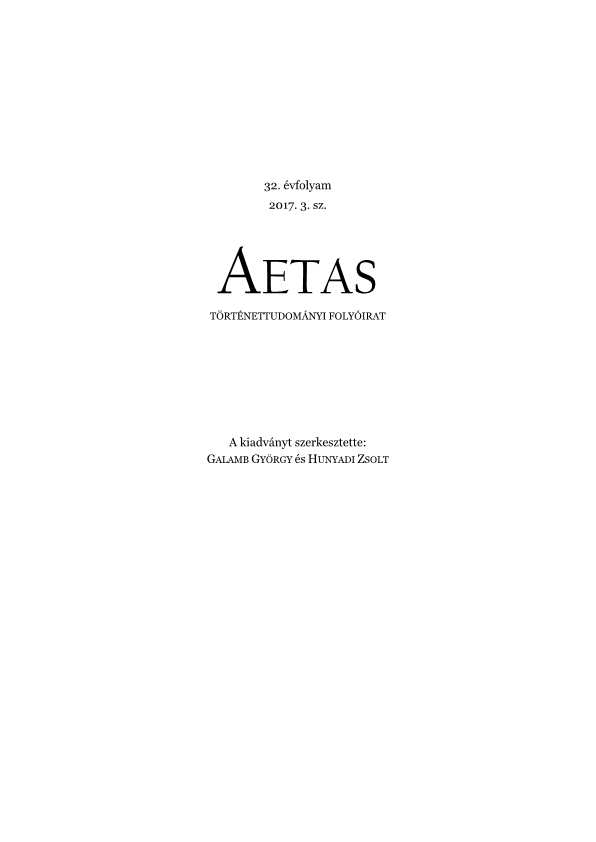Magyarország és Róma, 1628–1635 (J. B. Pallotto, C. Rocci és M. Baglioni bécsi nunciatúrájának magyar vonatkozásai)
The Kingdom of Hungary and Rome, 1628–1635. Hungarian relations with the nunciatures of J.B. Pallotto, C. Rocci and M. Baglioni
Author(s): Péter TusorSubject(s): 17th Century
Published by: AETAS Könyv- és Lapkiadó Egyesület
Summary/Abstract: The paper examines in detail the Hungarian relations with the IVth Abteilung of the Nuntiaturberichte, from the extraordinary nunciature of Giovanni Battista Pallotto to the mission of Malatesta Baglioni. The analysis focuses on the volumes published by Rotraud Becker in the 21st century. It also discusses the Roman legation of Pázmány and the planning of his return that is the nucleum of the Hungarian projection of the source material. Compared to this, the occurrence of data related to the Habsburg Empire and the Principality of Transylvania, including data related to the succession to the throne and the Hungarian diet, is secondary. The religious matters rather fade into the background, only the support of the missions of the Propaganda Fide makes the picture more nuanced. There were no reforms in the age of the nunciature of Vienna, but the nunciature was decisively political, that looked at Hungary, as well as Central Europe from the point of view of the European, Italian policy. This can be proved with a rich and valuable series of data from the enormous documentary material of the IVth Abteilung of the Nuntiaturberichte, issued in the 21st century. The four imposing volumes of the enormous enterprise of the German Historical Institute in Rome make – partially through Hungarian-related data –the statement of Georg Lutz concerning the Barberini era about “the specific interference of religion and policy” at the expense of the former even more plastic. At the same time, they further detail the reasons given in the Reinhard thesis about the Italianisation of the Papacy and the Holy College. As a result, now we know the collision between the Barberini Pope and Cardinal Pázmány almost in its whole depth. A particular consequence of this conflict was that Pázmány formalized the Hungarian church-state ideology dating back in the 15th century, on the basis of which the Hungarian (apostolic) kings, referring to the ius supremi patronatus, had more control over the Hungarian church than the Roman Pontiffs in many respects. In the paper, out of the countries of the Hungarian Holy Crown only the Kingdom of Hungary and the Principality of Transylvania are mentioned in detail, while Croatia and Dalmatia only marginally. Namely, these later territories had been controlled by the nunciature of Graz, and most of their ecclesiastic matters, including the apostolic missions in the Balkans, were transferred to the nunciature of Venice rather than to that of Vienna.
Journal: AETAS - Történettudományi folyóirat
- Issue Year: 2017
- Issue No: 3
- Page Range: 74-93
- Page Count: 20
- Language: Hungarian

